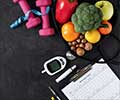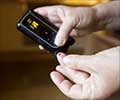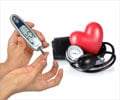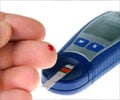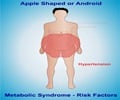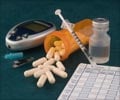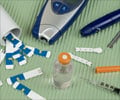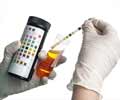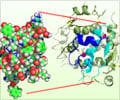Rules for Safe Exercises
- Avoid exercising when blood glucose is more than 250mg/dl and ketones are positive in urine
- Carry food or glucose tablets when undertaking exercise in case there are episodes of hypoglycemia
- Do not skip meals especially prior to exercise
- Take a quick-acting carbohydrate (sweetened tea or milk, regular soft drink) when blood glucose is less than100mg/dl or if one experiences symptoms of hypoglycemia - headaches, increased sweating, feeling of hunger, trembling or shakiness, rapid heart rate or palpitations, drowsiness and mental confusion
- Avoid exercise when blood glucose is more than 300mg/dl
- Avoid exercise outdoors on very hot or humid days. One can get heat exhaustion or heat stroke. Wear a hat or sunscreen - if necessary in such conditions
- In warm weather, dress in light-colored and loose-fitting cotton clothing
- To prevent dehydration, drink a cup of cold water before and after you exercise
- If exercising for longer than 30 minutes or if the workout leads to a lot of sweating drink water during the workout
- Always carry a diabetes identification card, duly filled, while exercising
- Drink plenty of fluids to avoid dehydration
- Avoid exercise at the peak action time of insulin
- Avoid injecting insulin in the muscle that is to be used for exercise
- Check with your health care team about the best time to exercise before commencing any physical activity
- Always use correct type of shoes to avoid injury and check them regularly for wear and tear
- After exercise, check the feet for any blisters or sores
- Be aware of the warning signs of heart problems such as chest, left arm or jaw pain, dizziness, fainting and shortness of breath during exercise
- Learn how to measure pulse rate so that a self-check can be done to look for any irregular pulse, especially if there is heart condition that has been diagnosed

